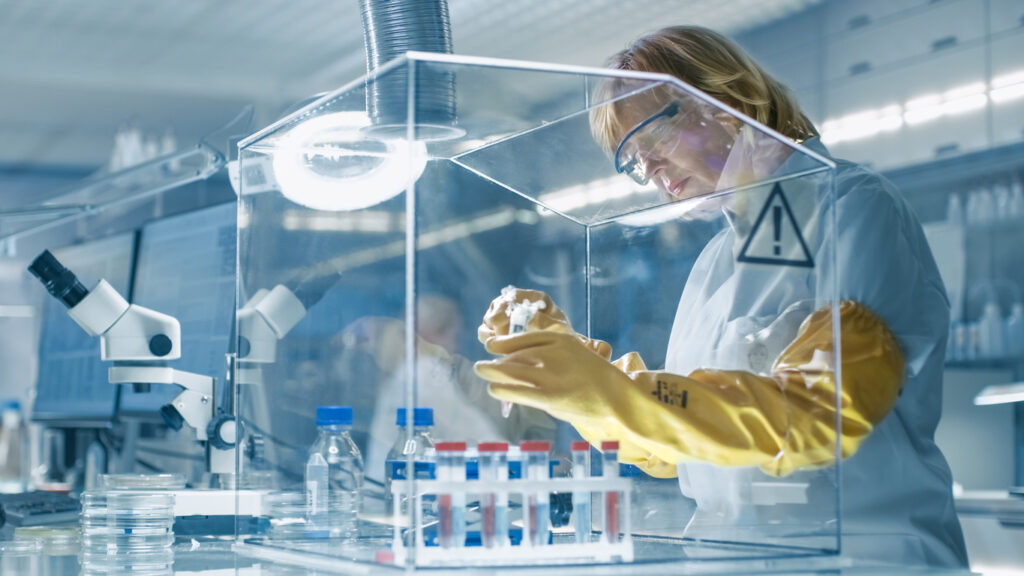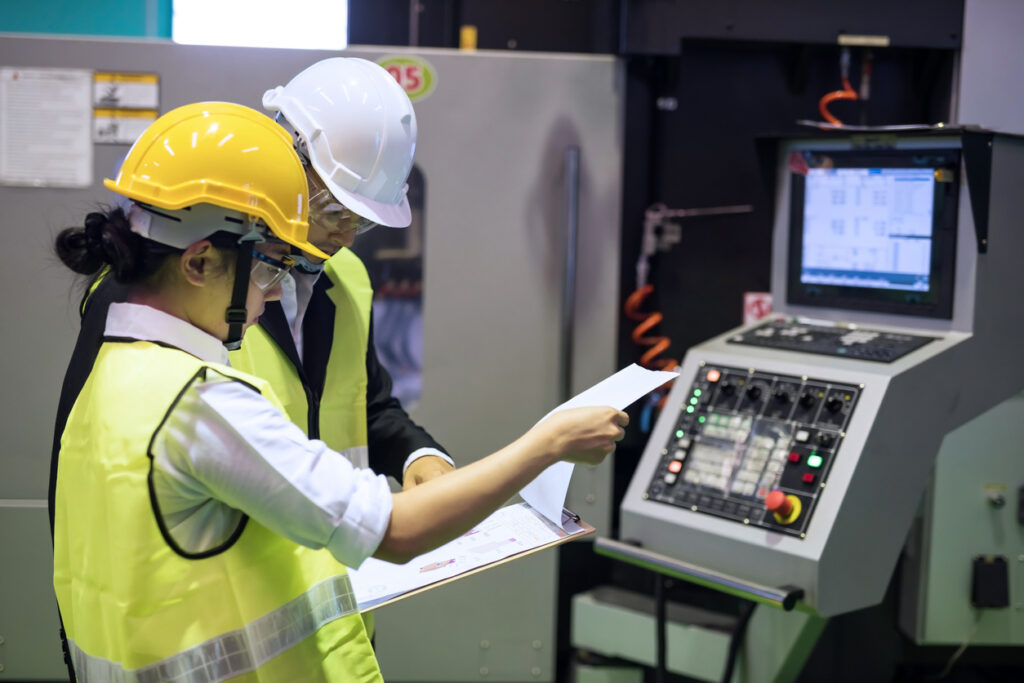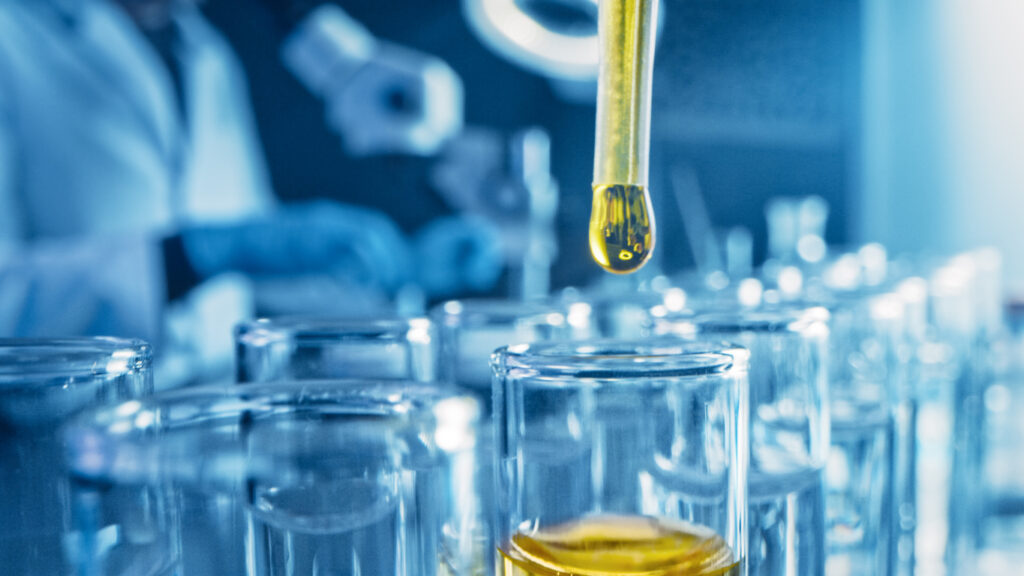Catalyst poisoning remains one of the most significant challenges in industrial catalysis, potentially crippling the efficiency of processes that are vital to manufacturing sectors worldwide. This phenomenon occurs when chemical impurities interact with catalyst surfaces, diminishing their activity and longevity.
Commonly encountered in critical reactions like the hydrogenation of oils using palladium catalysts or sulfur removal in fuel processing, catalyst poisoning reduces productivity and escalates maintenance and operational costs.
This blog explores the mechanics of catalyst poisoning and highlights its impact on various industrial applications, from methanol production to emissions control in SCR systems.
By understanding what catalyst poisoning is and how it manifests in different environments, industries can better implement strategies to mitigate these effects, ensuring their catalytic systems’ continued efficiency and durability.
What is Catalyst Poisoning?

Poisoned catalysts occur when certain substances interact with a catalyst, binding to its active sites and significantly diminishing its activity and effectiveness.
This interaction typically involves the adsorption of impurities from the reactants or by-products onto the catalyst surface, which prevents the actual reactants from accessing these crucial sites. The result is a marked reduction in reaction rates and overall process efficiency.
Chemical Interactions Leading to Catalyst Poisoning
The primary mechanism of catalyst poisoning involves the adsorption of poison molecules onto the catalyst’s active sites. Unlike reactant molecules, these poisons do not quickly desorb from the catalyst surface, leading to prolonged or permanent deactivation.
The nature of this interaction depends on the chemical properties of the poison, such as its molecular structure, electronic configuration, and reactivity. Poisons often have a stronger affinity for the catalyst’s surface than the actual reactants, which makes their impact particularly disruptive.
Poisoned Catalyst Examples in Industrial Processes
By recognizing the most common culprits in various industrial settings, companies can tailor their preventative measures more accurately, ensuring the robustness and efficiency of their catalytic systems.
Sulfur in Hydrodesulfurization (HDS)
In the process of removing sulfur from petroleum products, sulfur compounds can adsorb onto catalyst surfaces used in hydrodesulfurization, such as those based on molybdenum or tungsten. This not only reduces the catalyst’s effectiveness but also its lifespan.
Acetylene in Hydrogenation
During the hydrogenation of acetylene to ethylene, acetylene can act as a poison for palladium catalysts by forming strongly bound complexes at the catalyst surface. This reduces the availability of active sites for the hydrogenation process, affecting ethylene yield and purity.
Carbon Monoxide in Water Gas Shift Reactions
CO is a common poison in reactions that involve the shift of carbon monoxide and water into hydrogen and carbon dioxide. It particularly affects iron—and copper-based catalysts. CO binds strongly to the active sites, preventing water molecules from interacting and thus hindering the reaction’s progress.
Factors Contributing to Catalyst Poisoning

The primary contributors to catalyst poisoning include contaminants in raw materials and by-products from reaction processes. Understanding the sources of catalyst poisons is crucial for developing effective strategies to mitigate these issues.
Contaminants in Raw Materials
Raw materials often contain trace amounts of various contaminants that can act as poisons for catalysts. Ensuring the purity of raw materials through refining and purification processes is vital to minimizing the risk of catalyst poisoning from these sources.
These contaminants may include:
- Metallic Impurities: Metals such as lead, mercury, and arsenic can deactivate catalysts by forming stable complexes with the active sites.
- Organic Compounds: Certain organic compounds present in raw materials can decompose and form coke or other carbonaceous materials on the catalyst surface, blocking active sites.
- Sulfur Compounds: Common in natural gas and petroleum feedstocks, sulfur compounds are notorious for poisoning catalysts used in hydrogenation and reforming processes.
By-products from Reaction Processes
Reaction processes themselves can produce by-products that may poison catalysts. Managing reaction conditions to ensure complete processing and minimize the formation of such by-products is crucial for maintaining catalyst efficiency.
These include:
- Intermediate Species: Some reactions generate intermediate compounds that can adsorb onto catalyst surfaces more strongly than the intended reactants.
- Incomplete Combustion Products: In processes like combustion, incomplete reaction can lead to the formation of carbon monoxide and other compounds that can poison oxidation catalysts.
Specific Scenarios: SCR Systems in Emissions Control
Selective Catalytic Reduction (SCR) systems, used widely in emissions control to reduce nitrogen oxides, provide a clear example of how chemical impurities can poison catalysts.
- Ammonia Slip: In SCR systems, excess ammonia used as a reductant can react with other compounds to form ammonium salts, which can deposit on the catalyst surface and block active sites.
- Chemical Impurities from Fuel: Impurities like arsenic in coal or oil used in power plants can poison SCR catalysts by forming stable surface compounds that inhibit the reduction of nitrogen oxides.
These scenarios underline the importance of controlling feed quality and reaction conditions in preventing catalyst poisoning.
By identifying and mitigating the sources of potential poisons, industries can enhance the longevity and effectiveness of their catalysts, thereby optimizing overall process performance.
Advanced Techniques & Strategies for Preventing Catalyst Poisoning

Preventing catalyst poisoning is crucial for maintaining the efficiency and longevity of industrial catalytic processes. By implementing strategic measures and leveraging advanced technologies, industries can significantly reduce the risk of catalyst deactivation.
Material Selection
Choosing the right catalyst materials is paramount. Materials that are inherently resistant to the common poisons in a particular process environment can greatly enhance the durability of catalysts.
For instance, selecting catalysts composed of materials that do not easily bind with sulfur or carbon monoxide can prevent frequent poisoning in processes where these compounds are prevalent.
Purification of Feed
Purifying feedstocks before they reach the catalyst is a critical preventative measure. Techniques such as adsorption, distillation, or advanced filtration can be employed to remove potential poisons from raw materials. This protects the catalysts and ensures that the reactions proceed more efficiently and predictably.
Catalyst Design
The design of the catalyst itself can be optimized to enhance resistance to poisoning.
This can include:
- Protective Coatings: Applying coatings that shield the catalyst’s active sites from poison molecules.
- Modified Active Sites: Engineering the active sites to be selective, binding preferentially with the reactant rather than the poison.
Advanced Techniques & Technologies
Poison Traps
One innovative approach is the use of poison traps. These materials integrated into the catalyst system specifically bind and trap poisoning agents. By capturing these poisons, the traps protect the catalyst’s active sites, thus maintaining its activity and extending its life.
Regenerative Systems
Regenerative systems represent a dynamic solution to catalyst poisoning. These systems are designed to regenerate the catalyst’s active sites periodically.
Techniques such as thermal regeneration, where the catalyst is heated to decompose the accumulated poisons, or chemical regeneration, where a reactive gas is passed over the catalyst to clean off the poisons, can restore the catalyst to its original activity levels.
The Role of Monitoring & Maintenance

Regular monitoring and diligent maintenance are critical components in the management of catalyst systems, playing a crucial role in detecting and addressing catalyst poisoning early on. Proactive monitoring not only extends the life of the catalyst but also ensures the continuous efficiency and safety of the industrial processes.
The Importance of Regular Monitoring
Maintaining a regular schedule for monitoring and maintenance allows for the early detection of any signs of catalyst degradation or poisoning.
Early intervention can prevent more severe complications that might lead to costly downtime or extensive repairs. Furthermore, regular check-ups help maintain consistent process efficiency and product quality, ensuring that any deviations caused by catalyst poisoning are quickly corrected.
Modern Diagnostic Tools & Techniques
Advancements in technology have equipped the industry with sophisticated diagnostic tools and techniques that significantly aid in monitoring and maintaining catalysts.
Some of the most effective tools include:
- Spectroscopy Techniques: Techniques such as Infrared (IR) spectroscopy and X-ray photoelectron spectroscopy (XPS) can provide insights into the chemical state of a catalyst’s surface, helping detect the presence of poisons or changes in chemical composition.
- Temperature Programmed Reduction (TPR): This method can assess the reduction properties of catalysts, which are often altered by poisoning. Changes in reduction behavior can signal the presence of specific poisons that affect the catalyst’s active sites.
- Gas Chromatography and Mass Spectrometry: These techniques can analyze the effluents from the catalyst system to detect any unexpected by-products that might indicate poisoning.
- High-Throughput Screening: For industries where rapid catalyst testing is feasible, high-throughput screening can quickly evaluate the effectiveness of various catalyst formulations against potential poisons, identifying the most robust candidates.
- Predictive Maintenance Technologies: By analyzing trends and patterns from historical and real-time data, predictive maintenance technologies can leverage data analytics and machine learning to forecast potential failures or poisoning events.
This proactive approach to monitoring and maintenance saves time and resources and reinforces the catalytic processes’ reliability and sustainability. Regular updates and training on the latest diagnostic techniques are essential for maintenance teams to utilize these tools in their regular operations effectively.

Don’t Let Catalyst Poisoning Compromise Productivity
Are you concerned about the efficiency and longevity of your catalysts due to potential poisoning?
Contact us today to explore how our custom solutions can protect your catalysts and boost your operations. Our team of experts is equipped to provide tailored advice, innovative solutions, and comprehensive support to prevent catalyst poisoning and enhance process efficiency.
Schedule a consultation today.
Recent Posts
MicroFlo Reactors for the Nitration of Aromatic Substrates
Explore advancements in nitration reactions using MicroFlo reactor technology. Learn how it enhances safety, efficiency, and production rates compared to traditional batch methods.
Read MoreManufacturing Compliance: Monitor and Reduce VOC Emissions Effectively
As companies strive to meet environmental standards, VOC (Volatile Organic Compounds) abatement is a critical focus area, particularly for the manufacturing industry. Staying compliant with local and national regulations is…
Read MoreUnderstanding Catalyst Deactivation: How Characterization Can Identify the Root Cause
AbstractCatalyst deactivation is a common challenge in many catalytic processes, but by identifying the root causes, taking appropriate corrective actions, and utilizing advanced characterization techniques, it is possible to maintain…
Read More


